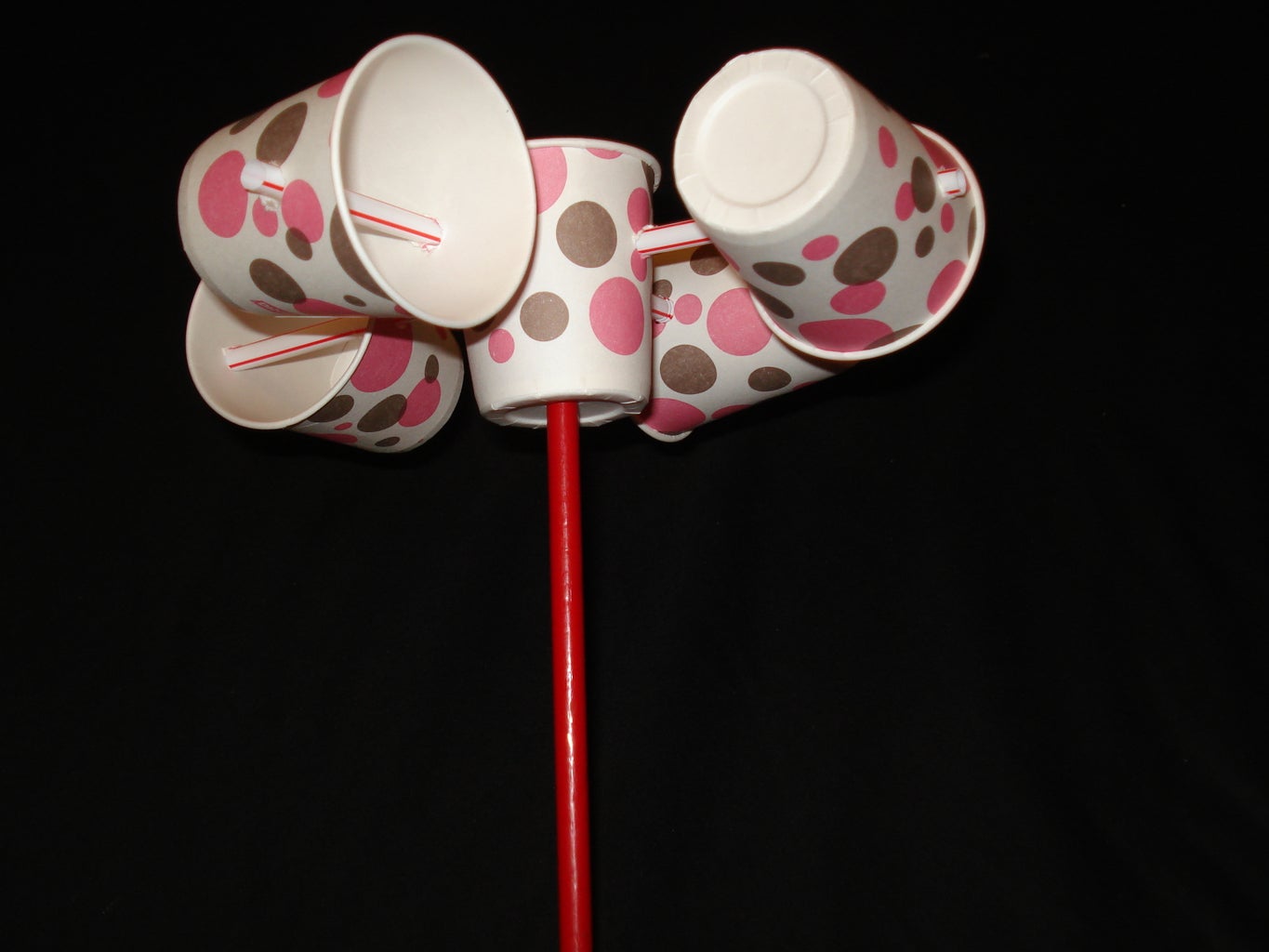Anemometer Innovations: The Latest Modern Technology for Wind Speed Dimension
Anemometer Innovations: The Latest Modern Technology for Wind Speed Dimension
Blog Article
Checking Out the Functions and Benefits of Anemometers for Climate Lovers and Professionals
From cup anemometers to sonic anemometers, each type brings its special set of applications and benefits, dropping light on various facets of climatic problems. As we delve into the features and benefits of anemometers, a deeper understanding emerges not just of dominating weather sensations however also of the broader ramifications for industries like wind power production and ecological research study.
Significance of Anemometers in Weather Tracking
Anemometers play an essential duty in climate monitoring by giving accurate measurements of wind rate, assisting in projecting and understanding weather patterns. These tools, varying from typical cup anemometers to contemporary ultrasonic anemometers, are crucial for meteorologists, researchers, and weather condition lovers alike.

Kinds Of Anemometers and Their Applications
The most usual types of anemometers include cup anemometers, vane anemometers, hot-wire anemometers, and ultrasonic anemometers. Mug anemometers are composed of three or 4 mugs placed on horizontal arms that rotate with the wind, determining its rate. Vane anemometers, on the various other hand, use an easily turning vane to line up with the wind direction, providing both wind rate and direction measurements.
Each kind of anemometer has its unique advantages and applications. Mug anemometers are robust and appropriate for general weather condition surveillance, while vane anemometers are preferred for directional measurements. Hot-wire anemometers are sensitive to low air velocities, making them excellent for interior atmospheres. Ultrasonic anemometers are non-intrusive and supply high accuracy, typically utilized in study and specialized climate tracking applications. Understanding the features and applications of each kind of anemometer is vital for picking the most suitable instrument for details weather checking needs.
Advantages of Using Anemometers in Forecasting
In meteorology, the application of anemometers provides very useful advantages for boosting the precision of weather projecting. Anemometers measure wind speed and instructions, giving crucial information for anticipating weather condition patterns. By including wind data right into projecting versions, meteorologists can better comprehend the activity of weather systems, expect modifications in climatic conditions, and concern a lot more exact forecasts.
Additionally, anemometers play a crucial duty in examining possible climate hazards. Keeping an eye on wind rates assists forecasters anticipate serious climate events such as hurricanes, twisters, and winter storms with higher accuracy. This very early caution system allows authorities to issue timely alerts and implement needed security actions, minimizing the risks to life and building.
In addition, anemometers assist in optimizing renewable resource manufacturing. By assessing wind patterns, meteorologists can identify appropriate locations for wind ranches and anticipate power result, adding to the reliable generation of wind power.

Anemometers in Wind Energy Manufacturing
Given the important role anemometers play in giving precise wind information for weather forecasting and hazard assessment, their significance expands to the world of wind energy manufacturing. Anemometers are crucial instruments in the field of wind energy, where the dimension of wind rate and direction is essential for determining the usefulness and effectiveness of wind turbine installations. By precisely gauging wind rates at varying elevations, anemometers help optimize the positioning and design of wind turbines to maximize power result.
In wind ranches, anemometers are tactically put to gather real-time wind information that is made use of to examine the potential power manufacturing of a site. This data contributes in establishing the financial practicality of wind power projects and in forecasting energy generation to make certain grid security. Furthermore, anemometers aid in keeping an eye on wind conditions to maximize turbine performance, stop damages from high winds, and make certain the safety and security of personnel working in the their explanation area of wind turbines.
Enhancing Weather Understanding With Anemometers

Anemometers play a crucial function in enhancing our understanding of microclimates. These localized weather condition conditions can vary significantly from wider local forecasts, making it vital to have exact information for certain locations. anemometer. By tactically placing anemometers in different places, researchers can gather in-depth information on how wind acts in various terrains, urban environments, or bodies of water
Furthermore, anemometers contribute to boosting weather condition forecasting models by giving real-time data on wind behavior. This information is specifically valuable for forecasting serious climate occasions, enhancing agricultural practices, and supporting industries like aviation and maritime navigation. On the whole, anemometers are important tools that allow us to dig much deeper into the complexities of climate systems, inevitably leading to more better-informed decisions and precise predictions.
Conclusion
Finally, anemometers play a critical role in weather monitoring and projecting by measuring wind speed and direction. They are necessary devices used by climate fanatics and specialists to gather precise information for predicting weather condition patterns and assessing possible effects. Anemometers likewise have applications in wind power production, further highlighting their importance in both meteorology and eco-friendly power industries. Generally, anemometers add to boosting our understanding of weather condition phenomena and enhancing forecasting capabilities. anemometer.
From cup anemometers to sonic anemometers, each kind brings its one-of-a-kind set of advantages and this post applications, shedding light on different elements of climatic problems. These instruments, ranging from standard cup anemometers to contemporary ultrasonic anemometers, are vital for meteorologists, researchers, and weather condition fanatics alike. The most usual kinds of anemometers include cup anemometers, vane anemometers, hot-wire anemometers, and ultrasonic anemometers. Cup anemometers are appropriate and durable for basic weather surveillance, while vane anemometers are favored for directional dimensions. Anemometers are necessary official website tools in the area of wind power, where the dimension of wind rate and direction is crucial for determining the usefulness and efficiency of wind generator setups.
Report this page